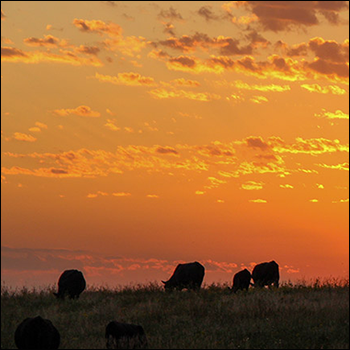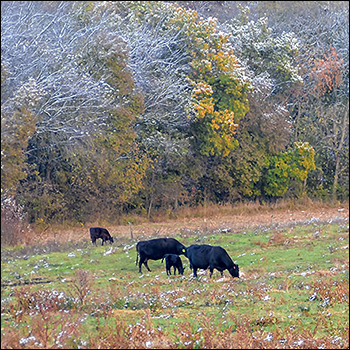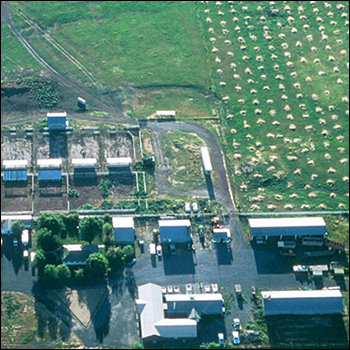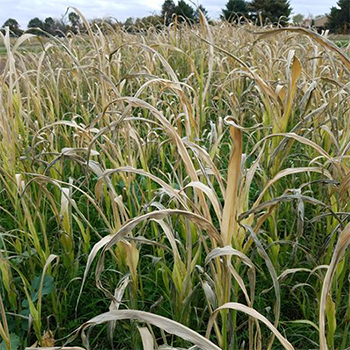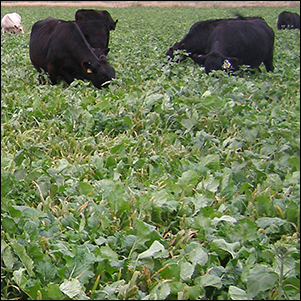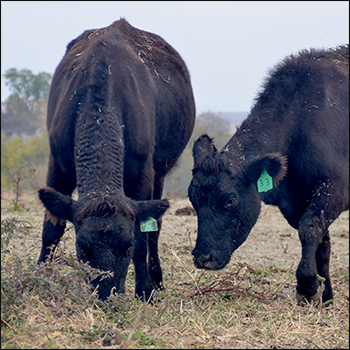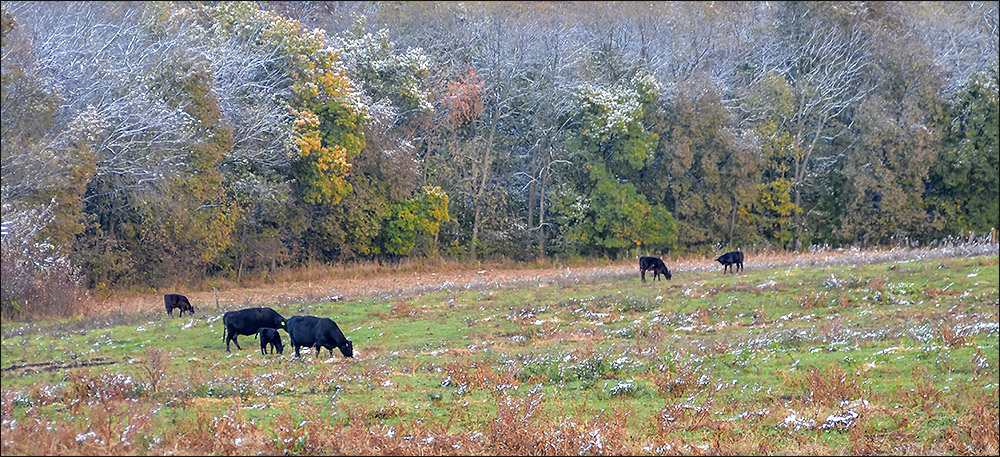
Pasture Recovery
Six pasture-management tips to ensure a healthy pasture next spring.
Although recent rains have greened up drought-stricken pastures in northwest Iowa, grazing is pretty well finished for this season. Begin repairing pastures for the 2022 grazing season with the following management steps.
Save the crown. The crown is the plant’s safety mechanism for survival. As the plant matures, the crown develops at the base of pasture grasses and legume plants. This bottom 3 or 4 inches (in.) and the roots are the bank account where plant sugars and carbohydrates are stored and used for plant growth and respiration. If the crown is damaged, the forage plant may die. Avoid grazing below a 3-in. stubble height.
Allow the plant to rest. Under hot and dry weather conditions, pasture plants use root reserves for photorespiration. For best winter survival, forage plants need five to six weeks of uninterrupted growth to restore carbohydrates and proteins before going dormant for the winter. Dormancy will occur with a killing freeze of 23°-24° F for several hours. At this point, the goal is 6 in. of stubble height.
Soil-test and consider fertilizing hay fields and pastures, if rains come. Based on the soil test, consider fertilizing with needed potassium (K) and phosphorus (P). An application of 25-40 pounds of nitrogen (N) to grass pastures during the last few weeks of fall growth will stimulate more fall tillering (branching) and support more vigorous recovery in the spring. If rains do not come, delay fertilization until next spring.
Take measures to control weeds. Thistles — musk, bull and Canadian — are common during drought and overgrazing; and in the fall, they move energy from their shoots to the roots and rhizomes. Consequently, systemic herbicides applied at this time will be translocated along with the energy to the roots. To effectively and safely apply these herbicides, work with your local agronomist.
Monitor the pasture late winter or early spring. If the plant stand is poor, consider frost-seeding or interseeding. Frost-seeding is the broadcasting of seed in late winter when the last few weeks of night-freeze and daytime-thaw aid in seed coverage. It works best with legumes on the thinnest and least competitive sod areas. Interseeding involves using a no-till drill to inject legumes or forage grass seeds into an existing sod, usually mid-March through late-April.
Feed green-chopped corn or corn silage. Northwest Iowa pasture and hay fields were not as productive this summer, but we have a bright spot — the corn crop. Green-chopped corn is an excellent fall feed, and corn silage is a great winter feed. If chopping drought-stressed corn, cut at a 15- to 18-in. height to reduce nitrate levels. Chop only the amount that can be fed, if feeding green-chopped corn. Do not hold it over for the next feeding as nitrates will increase. If chopping the corn for silage, allow a minimum of three weeks for fermentation and test the silage for nitrates before feeding.
Editor’s note: Beth Doran is an Iowa State University extension beef specialist. Photo by Kasey Brown.
